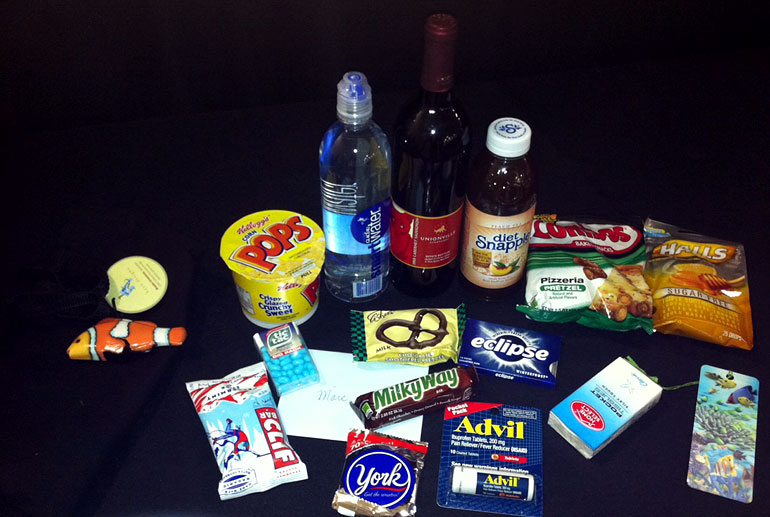When a Club Hosts a Speaker
by Steven Pro
As an aquarium society grows, they inevitably want to bring in out of town experts to educate their membership. The first thing that the club leadership needs to determine is, what would the members like to hear about? Do they want to hear the latest on reef aquarium lighting or would they prefer to discover the most recent breakthroughs in marine fish breeding? Some clubs prefer hands-on workshops on things like coral fragmentation, aquarium photography, aquascaping, fish necropsy, or acrylic and PVC fabrication. While other clubs might prefer more formal, educational lectures or picture heavy travelogues. Once it has been decided what the club is looking for, finding a speaker to fill that niche is much easier.
The Marine Aquarium Society of North America (
www.masna.org) provides a database of speakers, their contact information, and their specific requests to provide lectures and/or workshops to their member clubs. I urge you to take advantage of this resource, but if there are speakers not listed, do not hesitate to ask the board so that they can assist in locating and contacting the speaker. MASNA is also pleased to make suggestions
...

